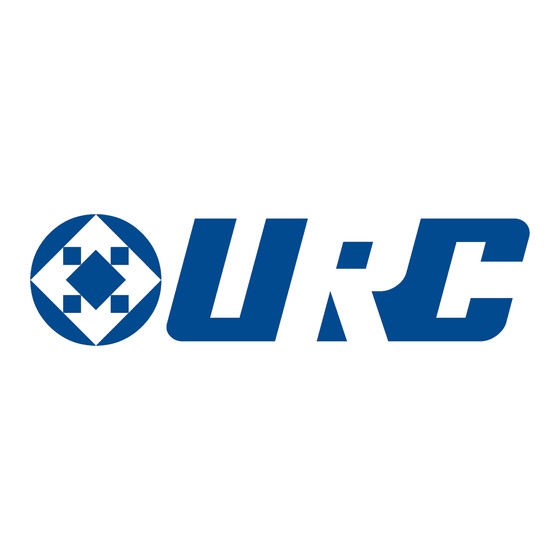Table of Contents
Advertisement
Quick Links
DMS-100 Installation
DMS-100 Installation
Introduction
The DMS-100 is essentially the DMS-1200, just smaller. Don't judge it by its size alone, because just like the DMS-1200
you still get the same premium audio quality that can be streamed anywhere in the home or commercial space. It can
be used on its own or with multiple DMS-100s in a Total Control System, even with a DMS-1200 as an extra zone. What-
ever the need the DMS-100 can fill it. It gives you 50 watts per channel, with the ability to be customized just like a DMS-
1200 (Parametric EQ, Fade In/Out, Turn On Volume, etc.).
The DMS-100 requires a single Ethernet cable to connect to the LAN. This enables the DMS-100 to stream and receive
digital music with zero added compression, no lags, delays or echoes. With cutting edge streaming technology you get
pristine audio without degradation. Enjoy the flexibility and excitement you gain with the DMS-100 in your Total Control
System.
Front, Rear and Side Panel Descriptions
Front Panel
Power indication light: Providing an easy to see indication that the DMS-100 is correctly connected to a power
source, the indicator light glows when the unit is ON and connected to electrical power.
Ethernet indication light: The indicator light glows when it is connected to a LAN (Local Area Network).
Front panel reset button: While not a common occurrence, it sometimes is beneficial for the installer to reset
the microprocessor in the DMS-100. Although this can be done by simply removing the power cable for 5 sec-
onds, the front panel reset button makes doing this easier after the installation is complete. Press the button
once for basic reset. Press and hold the button for 15 seconds for a complete factory default of the unit.
Back Panel
Power cable connection: The DMS-100 uses an IEC removable AC cord which connects here. Internally, the
transformer is 110/220 50/60Hz, making the DMS-100 fully functional in the US, Canada, EU, UK, Australia and
New Zealand.
82
Advertisement
Table of Contents

Summary of Contents for URC DMS-100
- Page 1 DMS-100s in a Total Control System, even with a DMS-1200 as an extra zone. What- ever the need the DMS-100 can fill it. It gives you 50 watts per channel, with the ability to be customized just like a DMS- 1200 (Parametric EQ, Fade In/Out, Turn On Volume, etc.).
- Page 2 RCA-type audio cables from the input to a corresponding source components output. L+R analog output: The DMS-100 has a single output to be utilized in a couple of ways. Connect to an exter- nal amplifier or source component (A/V Receiver). Connect the RCA-type audio cables from the output to a corresponding amplifier or source components input.
- Page 3 See URC Accelerator programming manual for details. Zone Settings There are a number of options that can be set for a single zone. See URC Accelerator programming manual for details. Zone Output Set this for variable and the volume rises and falls only by using an in-wall or hand-held controller.
-
Page 4: Application Diagram
Application Diagram DMS-100 Single Zone In the above example, the DMS-100 is directly powering a single zone application. Two sources are attached with a PSX-2 personal server connected directly and the SNP-1 connected through the LAN. While the SNP-1 connects directly to the network (and streaming to the DMS-100 through the Ethernet switch), the switch au- tomatically separates that stream from any other digital communication and ensuring the best quality sound. - Page 5 DMS-100 Single Zone w/AVR In the above example, the DMS-100 is using an A/V Receiver to send audio directly to the Home Theater. Two sources are attached with a PSX-2 personal server connected directly and the SNP-1 connected through the LAN.
- Page 6 In the above example, the DMS-100 is being used for a multi-zone application. All three zones incorporate the DMS-100 in a unique way as to ensure the best audio quality for each zone. In this application the Home The- ater would be the main zone with the MRX-10 for Total Control. The other two zones are an extension of the main zone, each one with its own DMS-100 for audio, but all communication takes place through the network with a Total Control interface.










Need help?
Do you have a question about the DMS-100 and is the answer not in the manual?
Questions and answers